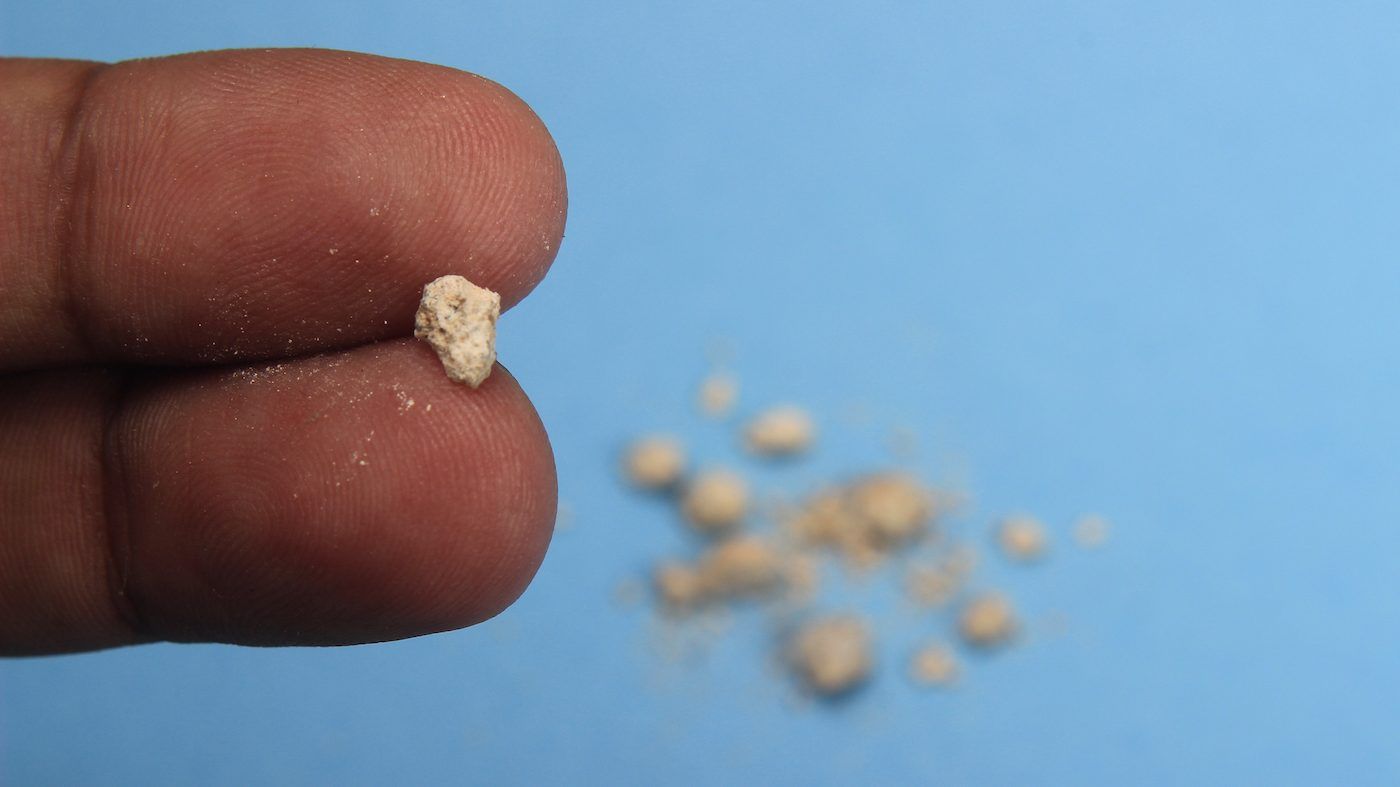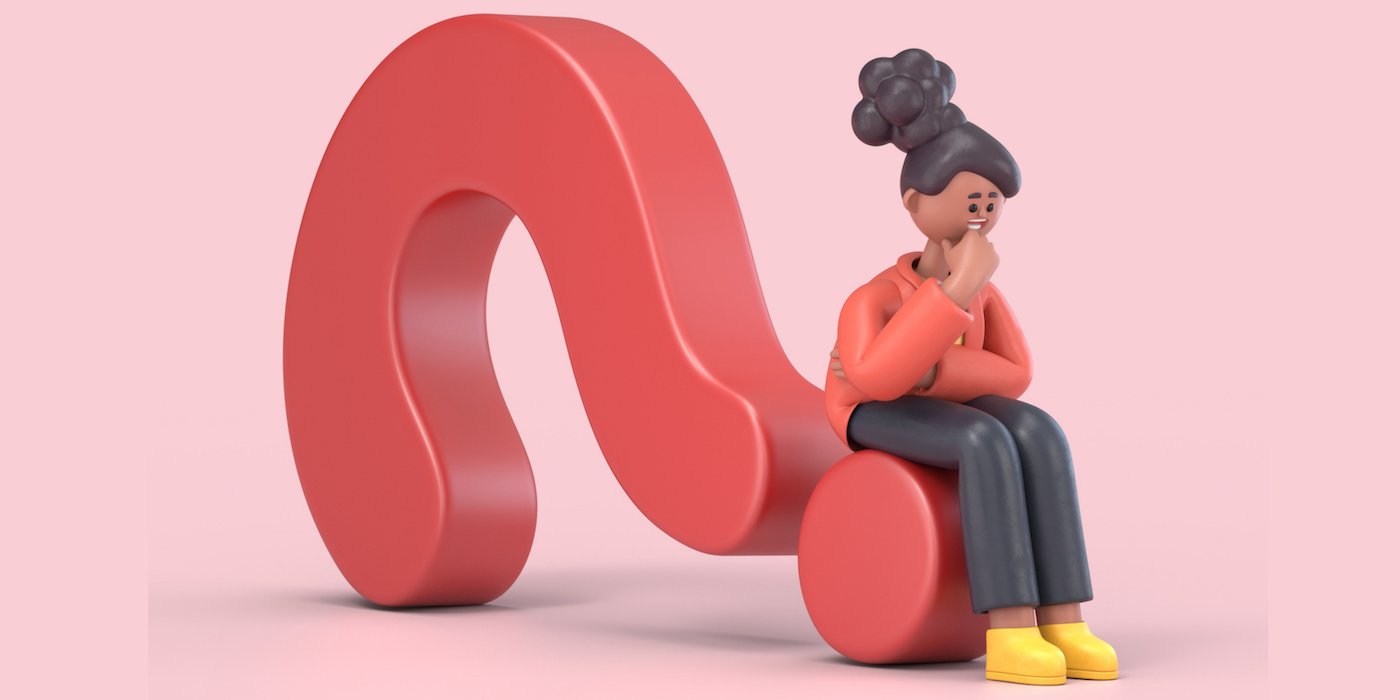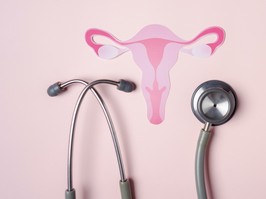modification of tea and coffee intake is one of the things that we recommend, and limiting foods high in oxalate, like dark chocolate, strawberries and rhubarb. there’s some evidence that a modest reduction in protein intake can be helpful as well. people who’ve got recurrent stones would usually see a dietitian to look at their diet and then have appropriate modifications suggested.
how are kidney stones generally treated?
dr. m.: sometimes people do expel the stones, so you will see the stones appearing in the urine. we often ask people who’ve had this episode of renal colic to strain their urine and collect the stone, and then you can analyze the stone and figure out what it’s made from. that’s a useful way of guiding treatment, because depending on the composition of the stone, you can figure out whether you need modifications to diet.
most of the time what will happen is if the stone is small, it will pass spontaneously within a few days. at that point, it’s just a question of controlling the pain until the stone is passed and making sure the patient has no further stones. about 90 per cent of stones will be seen on an x-ray, so we can see whether any additional stones are present within the kidney and their size. for the first episode, that’s really all that’s required. if someone has a big stone that they’re not going to pass by themselves, they’ll have a procedure called lithotripsy, which is an ultrasound method for breaking the stone up into smaller fragments that get passed through the bladder into the urine.
 7 minute read
7 minute read








